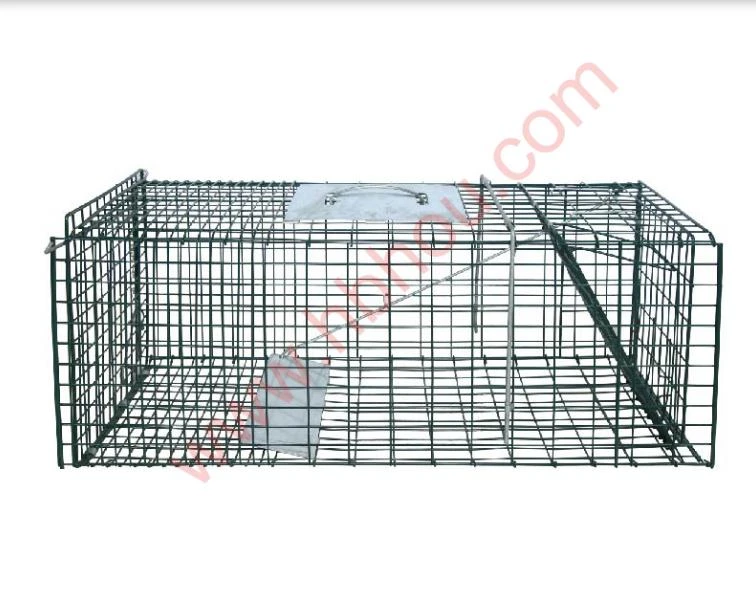Understanding Residential Barbed Wire Fences A Practical Guide
When it comes to securing the boundaries of your property, residential barbed wire fences have become a noteworthy option for homeowners seeking both protection and privacy. While they are often associated with agricultural settings and high-security areas, their applications have diversified to include residential neighborhoods. This article will delve into the benefits, drawbacks, and considerations surrounding the use of barbed wire fences in residential settings.
What is a Barbed Wire Fence?
A barbed wire fence consists of strands of wire that are twisted together with sharp barbs strategically placed along the strands. This design makes it difficult for intruders or animals to breach the fence while serving as a strong deterrent. The typical height for residential barbed wire fences usually ranges between 4 to 6 feet, depending on the level of security desired.
Benefits of Barbed Wire Fences
1. Security The primary advantage of installing a barbed wire fence is security. The sharp barbs act as a formidable barrier against trespassers, making it less likely for anyone to attempt unauthorized access to your property. This feature is beneficial for homeowners who may live in areas with a history of burglary or vandalism.
2. Cost-Effectiveness Compared to other fencing options, barbed wire is relatively inexpensive. Installation costs are lower than that of solid wood or vinyl fences, making it an economical choice for homeowners on a budget.
3. Durability Barbed wire fences have a long lifespan and are resistant to various weather conditions. Made from galvanized steel, they can withstand rust and wear, making them a practical investment for long-term use.
4. Versatility Barbed wire can be combined with other types of fencing materials, like wood or chain link, to create a customized security solution. This flexibility allows homeowners to enhance their property’s aesthetics while maintaining security.
5. Low Maintenance Unlike wooden fences that may require regular painting or staining, barbed wire fences generally need minimal upkeep. An occasional inspection for rust or damage is usually sufficient to ensure the fence remains effective.
residential barbed wire fence

Drawbacks of Barbed Wire Fences
1. Aesthetic Concerns Barbed wire fences are often criticized for their appearance. Homeowners seeking a more aesthetic appeal might find these fences less visually appealing compared to other fencing options, such as traditional wood or iron fences.
2. Safety Hazards The sharp barbs can pose a risk to children and pets. Homes with active play areas might want to reconsider the use of barbed wire fencing to ensure there are no accidents.
3. Potential Legal Issues In some areas, homeowners associations (HOAs) or local laws may have restrictions on the use of barbed wire fences. It’s essential to check local regulations and community guidelines before installation.
4. Limited Privacy While barbed wire serves as a deterrent, it does not provide much privacy. If seclusion is a priority, homeowners may need to layer it with other fencing options or plants.
Installation Considerations
If you decide to proceed with installing a barbed wire fence, consider the following
- Height and Spacing Choose the appropriate height for the fence and the spacing between the barbed strands based on your security needs. - Local Regulations Always verify local zoning laws and HOA rules to ensure compliance. - Professional Help While DIY installation is possible, hiring professional fence installers can guarantee durability and proper setup. - Combining With Other Fencing For enhanced aesthetics and privacy, consider combining barbed wire with other types of fencing.
In conclusion, residential barbed wire fences can provide an effective security solution for homeowners looking to safeguard their property. While they have distinct advantages and drawbacks, careful consideration of local regulations, safety issues, and the overall aesthetics of your home can help you determine if this fencing option is the right choice for your needs. As with any home improvement project, weighing the pros and cons is key to making an informed decision.
















